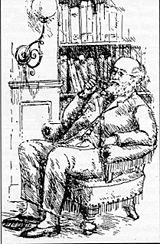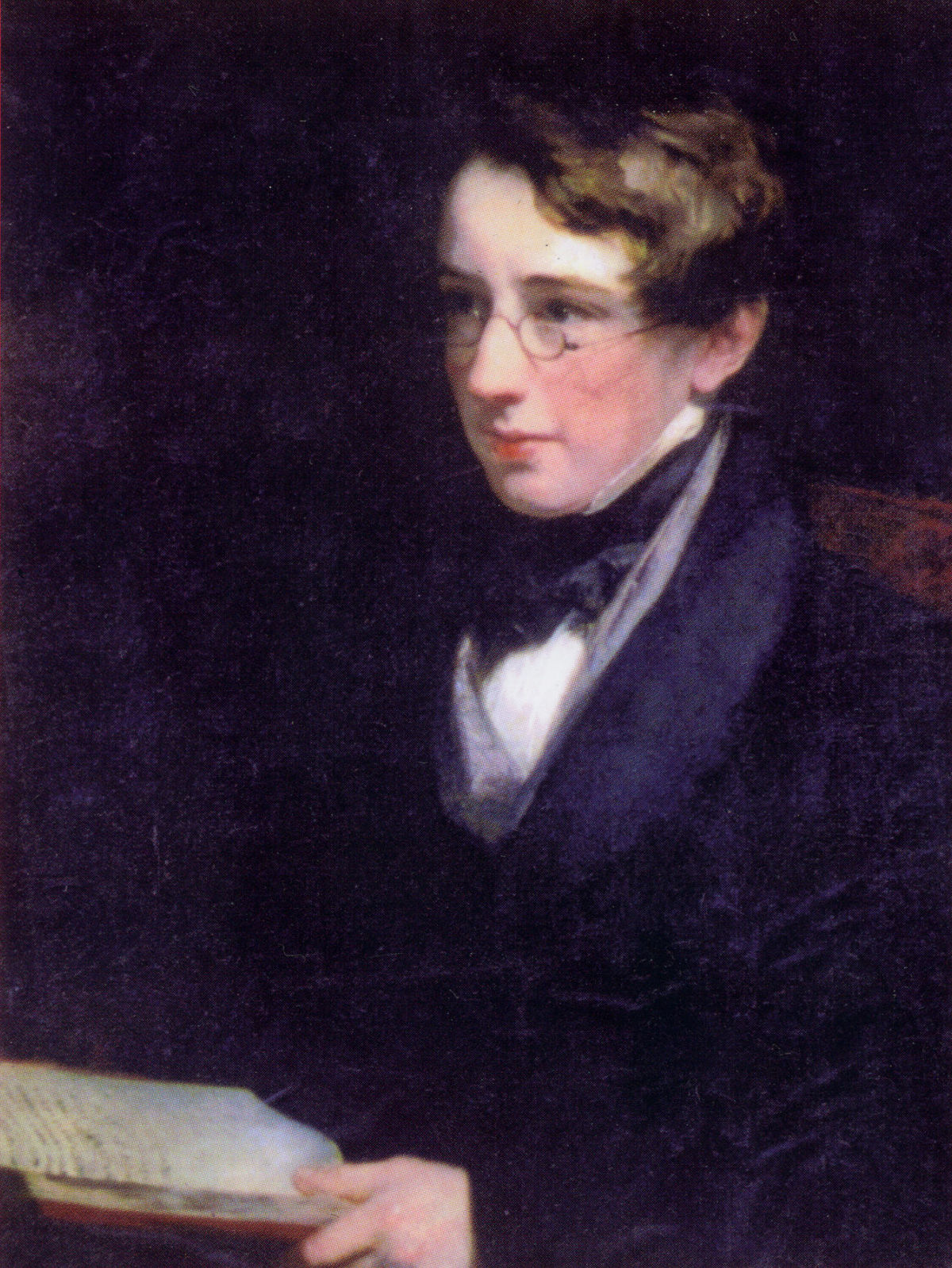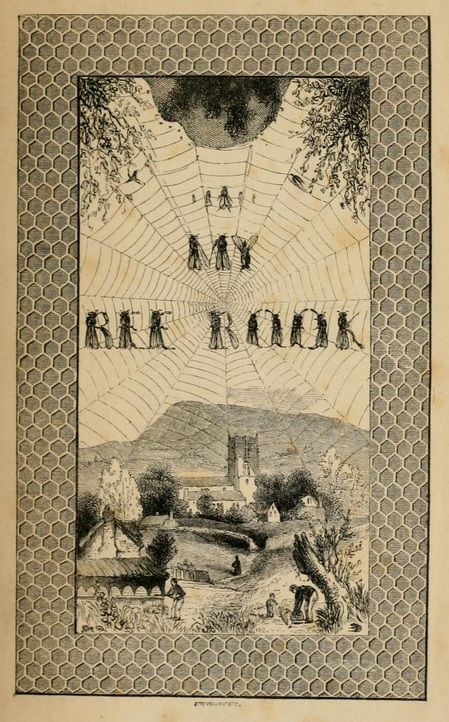Honey bees are our friends, and William Cotton knew it.
Much of the human food supply relies on honey bee pollinating services. Aotearoa/New Zealand has 28 native bee species, but none of these have the crop pollinating abilities of honey bees, so essential to our present diet.
Records show that Mary Bumby, the sister of a Methodist missionary, brought two hives with her from England to New Zealand onboard the James, in 1839. Other missionaries from various denominations followed suit later. Honey bees adapted to local conditions quickly.
When George and Sarah Selwyn set sail for New Zealand in the Tomatin in 1841, they had in their party Selwyn’s friend, chaplain and fervent apiarist, the Reverend William Charles (“Bee”) Cotton, and with him, several hives of bees, sadly doomed to a watery grave en route to New Zealand. Nevertheless, Bishop Selwyn was able to record in a letter in 1847 that “…the College bee house supplied honey.”

Selwyn’s Legacy, Allan Davidson’s book on the history of St John’s College, is peppered with references to Cotton. He was a busy missionary and educationalist, but even while teaching, travelling and sermonising, he found time to disseminate the craft of beekeeping to St John’s students and to write books on bees, My Bee Book (1842), A Manual for New Zealand Beekeepers, (1848), and Ko Nga Pi (1849) in te reo Māori, to guide the people he came to serve in the basics of bee husbandry.
More of his character can be deduced from in personal writings, such as his gentleness, generosity, empathy and humour. In his diaries, he collected sketches and watercolours by himself and others.
Cotton returned to England after only six years, where he was to undergo treatment for mental illness. In her book Reminiscences, Sarah Selwyn praises Cotton’s “love for the Bishop, his enthusiasm, his goodness and good nature and cleverness” but also hints at a darker side of Cotton, his “ want of ballast…his temperament subject to alterations of the highest and lowest spirits…” (p 15) His biographer Arthur Smith spells out in 21st-century terms that Cotton was likely to have been manic depressive.
Despite (or perhaps because) of his variable mental states, Cotton’s energetic, charming and eccentric personality stands out in both primary and secondary sources, revealing a significant contributor to the apiarist and wider agricultural industries, as well as Anglican theological education in the short time he spent in New Zealand.
- Digitised copy of William Cotton’s journal (1841-1848) held at the State Library of New South Wales
- Digitised copy of Cotton’s 1842 ‘My Bee Book’ from the Internet Archive
Books on William Cotton held in the Kinder Library
- Barrett, Peter. William Charles Cotton, grand beemaster of New Zealand, 1842 to 1847. Springwood, NSW, 1997.
- Barrett, Peter. The Immigrant bees, 1788 to 1898. Vol. 4. Caloundra, QLD: Peter Barrett, 2010. (Currently in processing)
- Kawepo Tama-ki-Hikurangi, Renata. Renata’s journey = Ko te haerenga o Renata. Translated, edited and annotated by Helen M. Hogan. Christchurch: Canterbury University Press, 1994. (Includes transcriptions from Cotton’s diaries.)
- Selwyn, Sarah. Reminiscences. Auckland: H. Bioletti, 2002.
- Smith, Arthur R. William Charles Cotton MA, 1813-1879 : Priest, missionary and bee master. Wirral, England: Countryvise, 2006.
Cotton in the Kinder Archive

- The library holds microfilms of many of Cottons’ diaries, copies of letters, as well as copies of extracts from his journal, including, notably, his compassionate and touching description of the death of his colleague Thomas Whytehead.
- MIC 16 Journals of William Charles Cotton, 1813 – 1879
- MIC 38 Acland family papers – Cotton correspondence




Great post! For interest the Alexander Turnbull Library holds a collection of 400 or so volumes on bee keeping and bee culture donated by Edgar Allen Earp in 1939. See https://natlib.govt.nz/collections/a-z/earp-collection
Anthony Tedeschi
Curator Rare Books and Fine Printing
Alexander Turnbull Library
Thank you Anthony and thanks for the heads up on this amazing collection on bee culture.
Cotton did not write his “My Bee Book” while in NZ. I believe it was published in December 1841, the same month he set sail for NZ. His first unaccompanied hives from London rolled about on deck and the sailors had to throw them overboard in Plymouth Sound. His replacement hives did not receive the elaborate hogshead storage method using ice. He suspended them under a ship’s boat, sailors stole their honey and the hives starved.
My latest book is on Mary Bumby (soon to be published) concludes she brought her hives, not from England, but from Hobart, Tasmania. It appears they did not survive into 1841.
Cotton supplied a hive to Rev. John Hobbs who carried it overland from Paihia to Mangungu in 1844.
https://www.kinderlibrary.ac.nz/william-cotton-the-bee-master-of-st-johns-college/
Above is this quote which, as I understand it, is not quite accurate.
“Records show that Mary Bumby, the sister of a Methodist missionary, brought two hives with her from England to New Zealand onboard the James, in 1839. Other missionaries from various denominations followed suit later. Honey bees adapted to local conditions quickly.”
I believe she bought the Hives in Tasmania not England.
I understand that Rev John Hobbs wrote about this in his diary probably at the time of Mary and John’s arrival.
Have just paged through the transcripts of Hobbs diaries and could find nothing covering bees. He did note the arrival of John and Mary Bumby but said nothing about bee hives. My book “Mary Bumby’s Bees, 1839-1840 …” was published in August 2002 and the John Kinder Library has a copy. One of my conclusions is that the bees could only have been acquired in Tasmania.